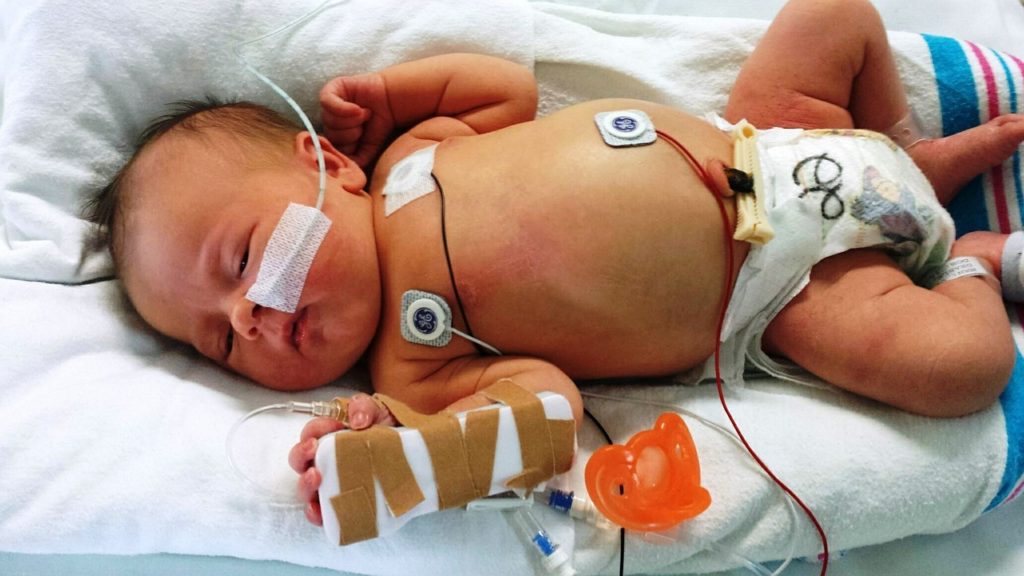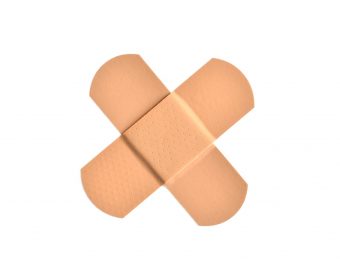
Photo by CC user Tammydz on Pixabay
Some children, unfortunately, are born with or sustain brain injuries, meaning that they cannot swallow food. While in hospitals, they are cared for by medical staff, but there will come a point where physicians give you the contact details of a Kangaroo feeding pumps vendor and you have to do it yourself. Naturally, you will be properly trained, but what are some of the things you need to know about before you’re ready to take your child home?
A Kangaroo Feeding Pumps Vendor Can Help
There are a few things that you have to do to make sure you are ready:
-
The child must be medically stable and otherwise fit and healthy.
-
You have to be able to pay for the nutrition, which should be covered by your insurance.
-
You have to be willing to take on the care of your child. Be realistic about this and build a support network.
-
Someone has to prescribe the nutrients to your child, either a nurse practitioner or a physician, and they will also observe your child.
-
You need to work together with a vendor for the tubes, the pump, and the nutrition.
-
You need to be properly educated on how to provide nutrition and medication, and on how to spot complications.
All parents love their children and would do anything for them. But you have to know how big of a job this actually is, and that you will need support. Sometimes, tube feeding may be a permanent thing, and you simply cannot take that on all by yourself. That said, there are a few things that you – and whoever helps you – need to be aware of:
-
A tube’s inside is about the size of a pencil. This means that things can get blocked in there, and unblocking the tube can be difficult. You should, therefore, always be completely aware of how to get rid of a blockage and don’t just try remedies that you think may work. Do not use cranberry juice or cola to unblock the tube. If you cannot remove the blockage, the tube will have to be removed and replaced.
-
If new medication is ordered for your child, always ask for liquid forms. If it is a pill form, you may be able to crush it but make sure you check this first.
-
Some medication is not appropriate for feeding tubes at all, and some not for certain types of tubes. Hence, get to know your specific tube.
-
Make sure that you check whether any new medication you are prescribed can be taken together with any other medication that your child is already one.
-
Before and after you administer medication, the tube should be properly flushed out. Medication should also not be mixed, as this could lead to clumping. The tube should also be flushed every four to six hours and whenever you stop a feed.
-
Don’t mix medication with the feeding solution.
-
Make sure you time the administration of medication properly.
-
Always have a chart available so that you know what was given and when, and when the tube was last flushed.





